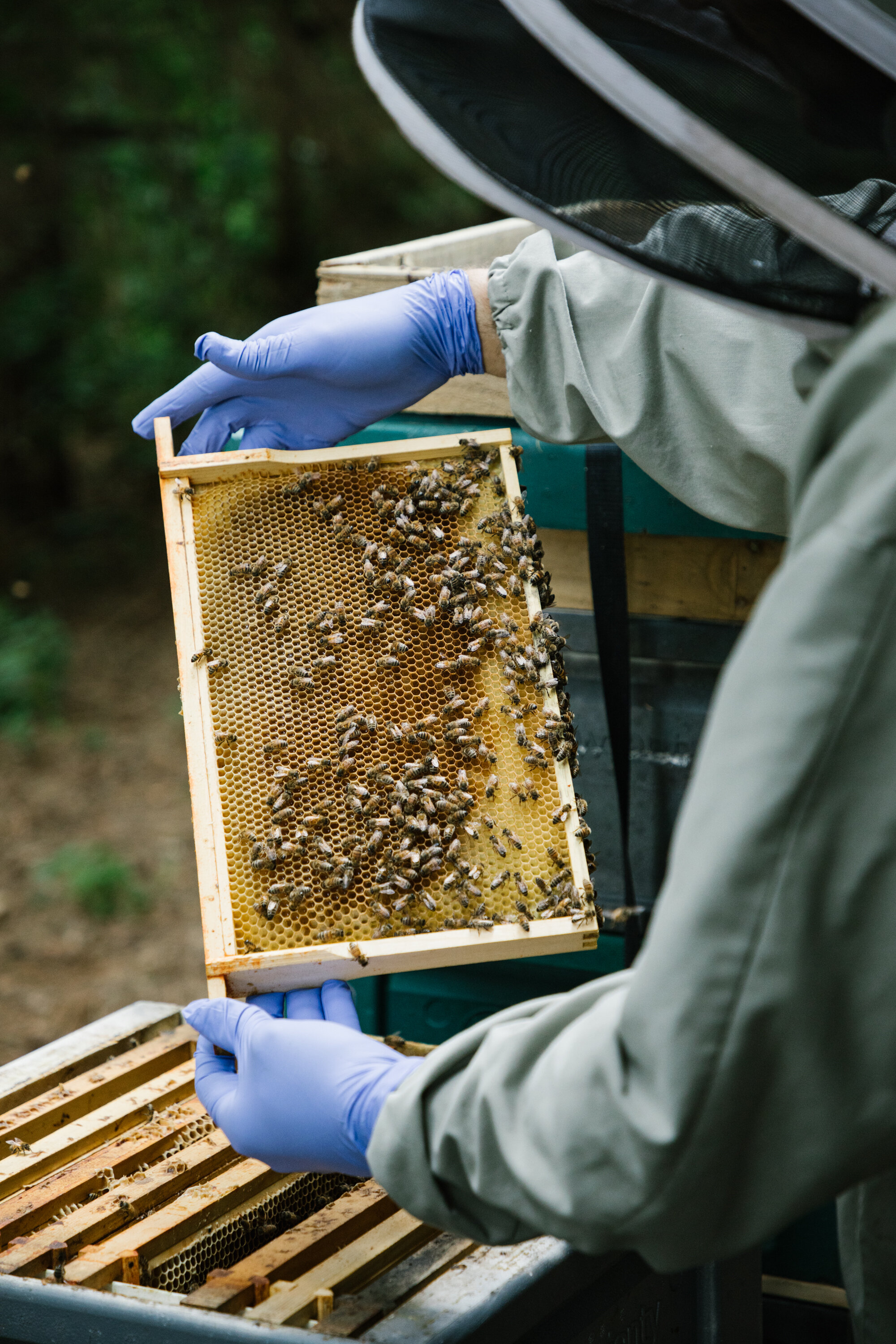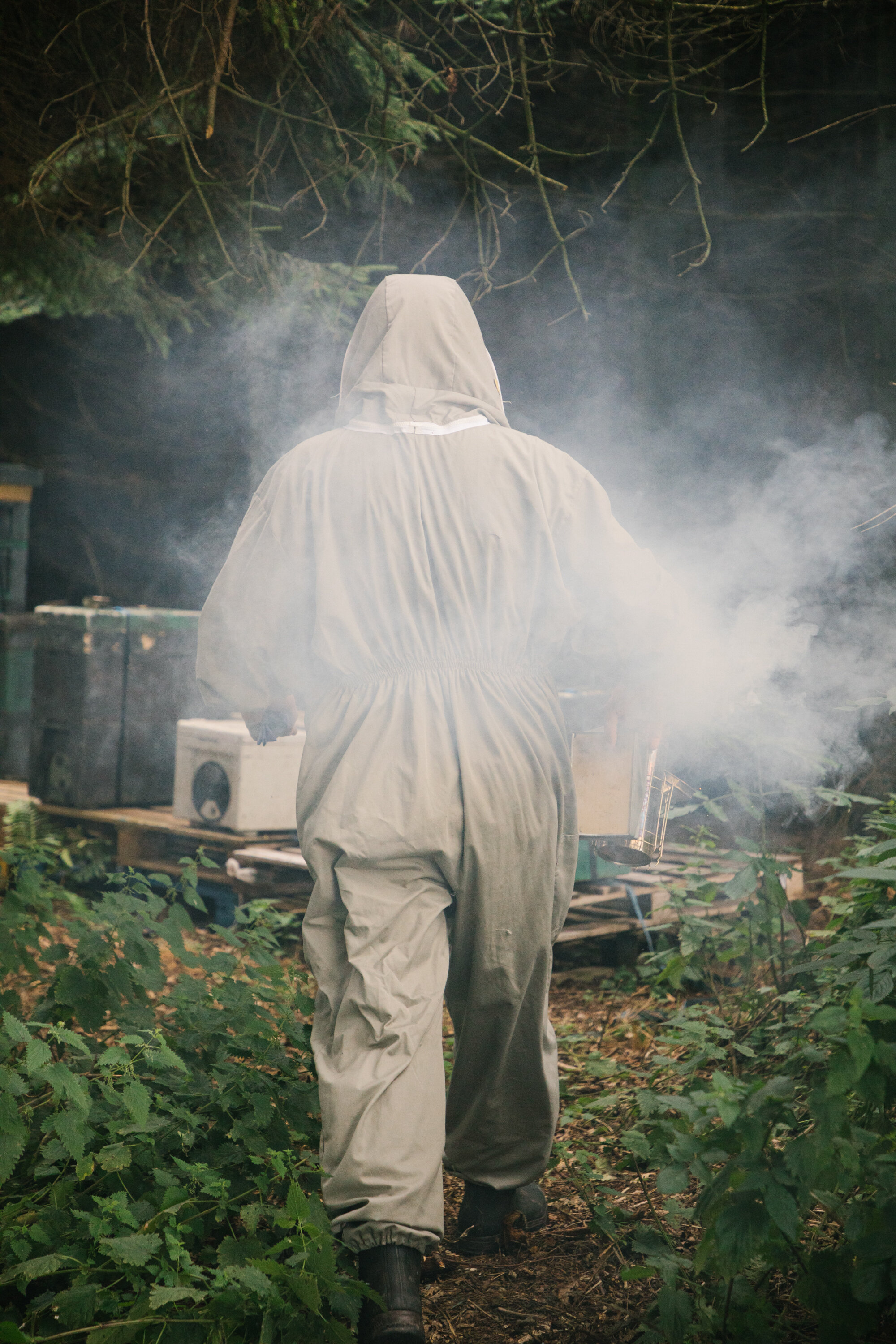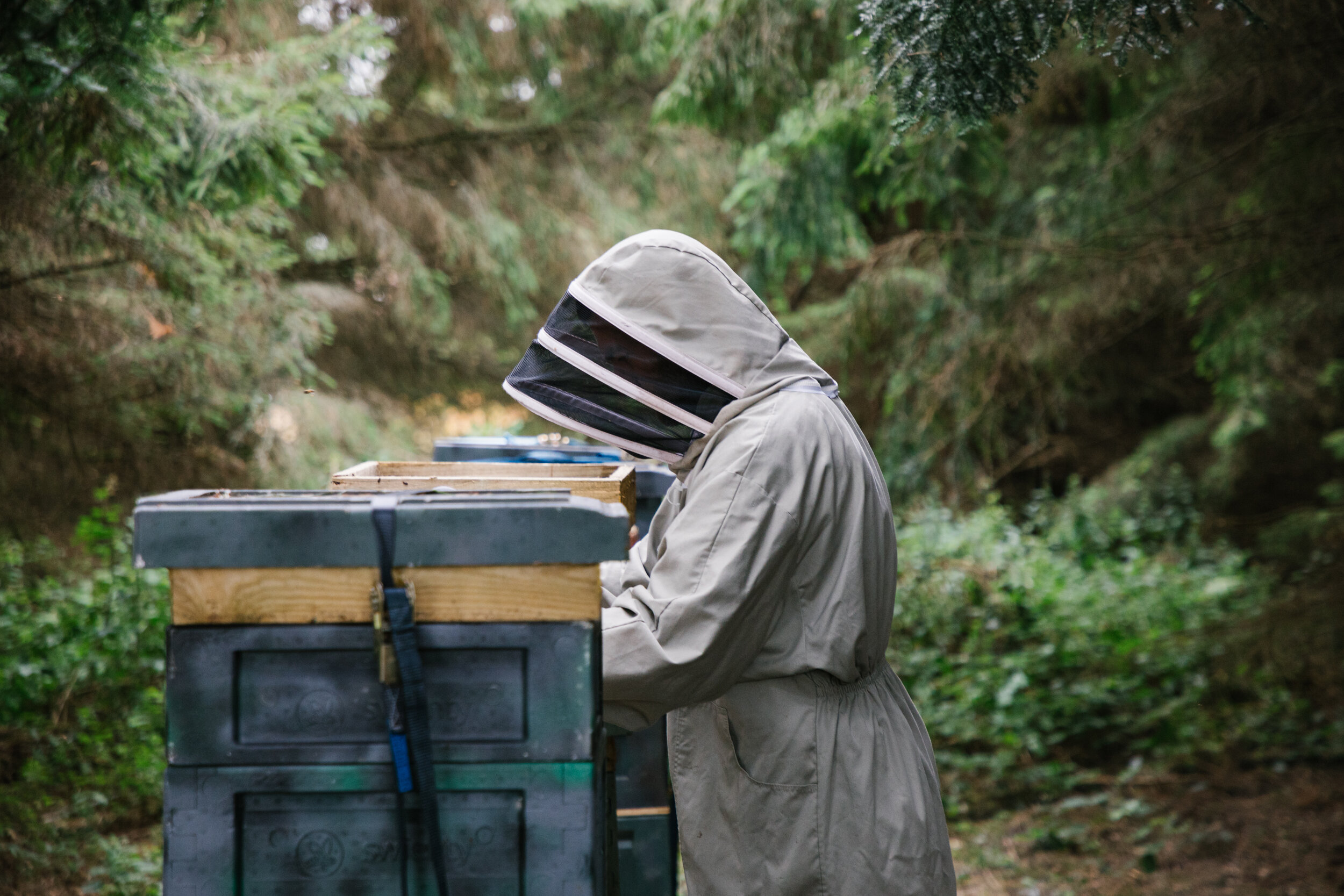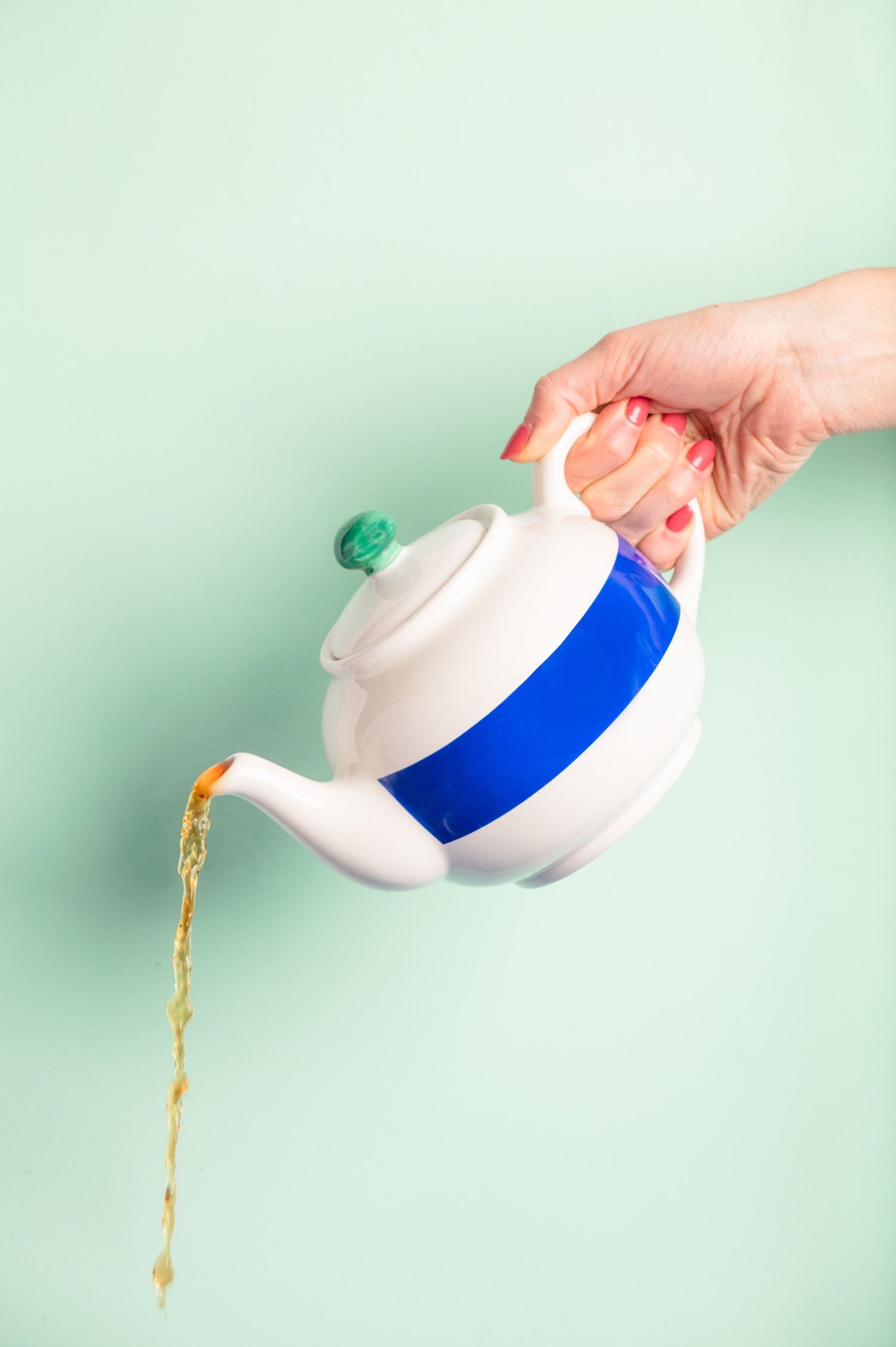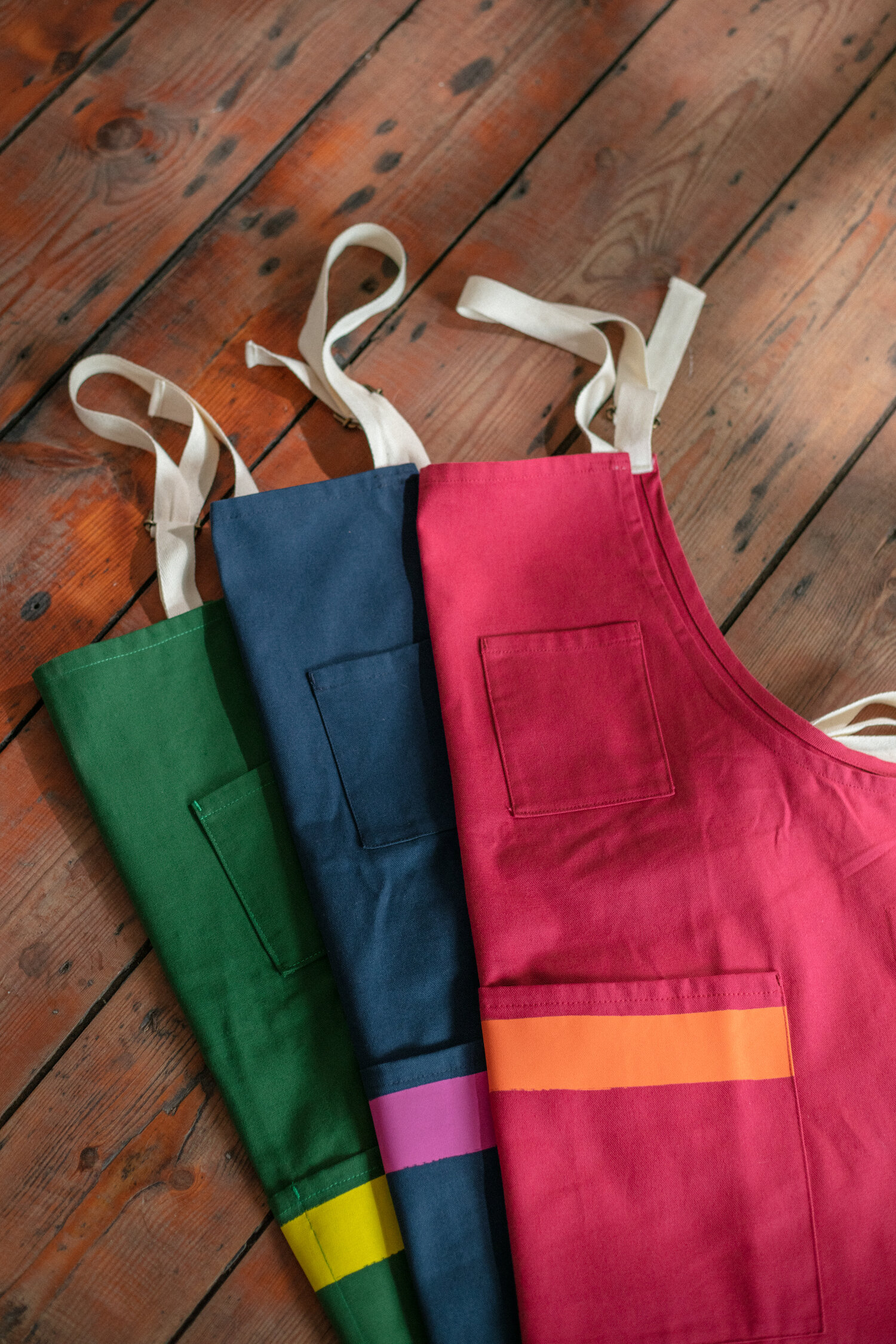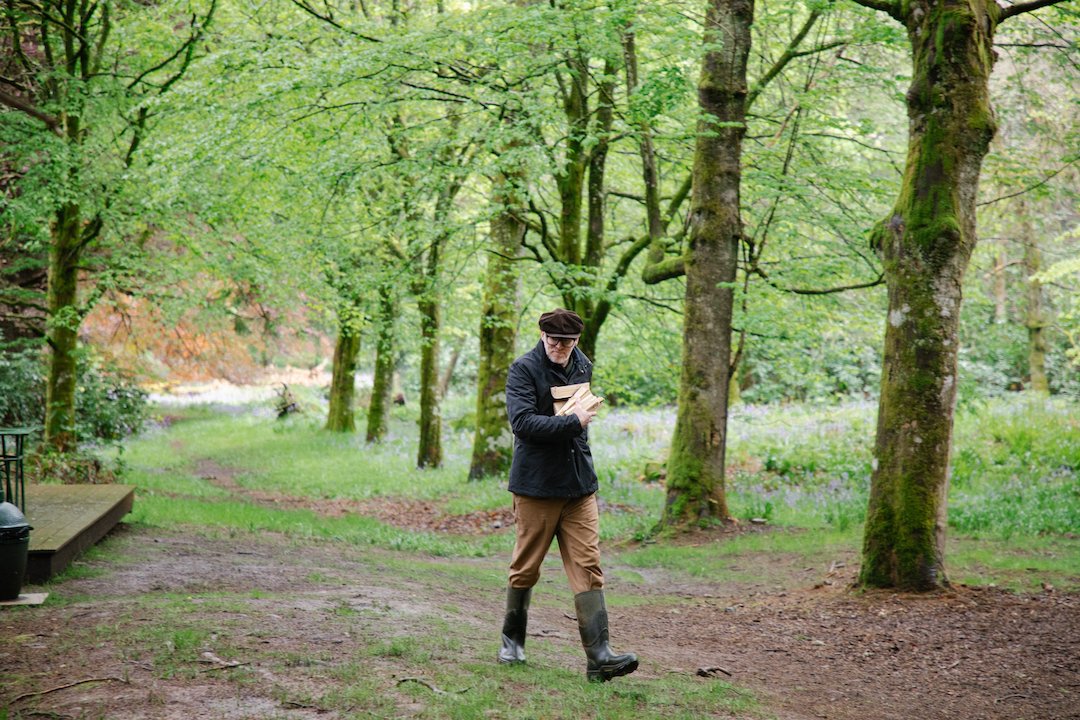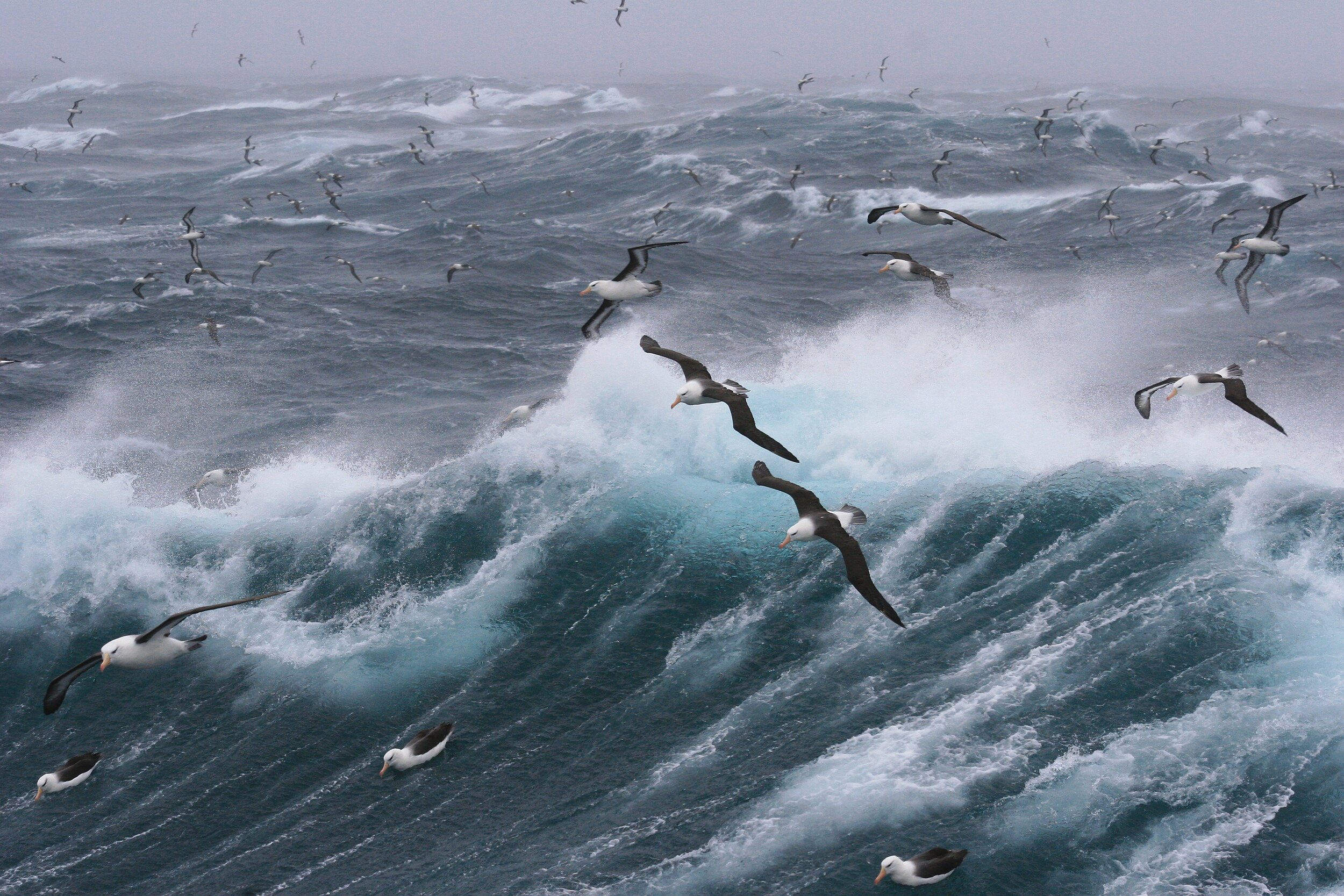Standing for Provenance: Black Mountain Honey
Image: Department TwoBlack Mountain Honey is a family run, bee farming operation headed by Laurence Edwards. They manage over 100 colonies within the rolling hills of North Wales, including 28 hives at Hawarden, home of The Good Life Experience and Hawarden Estate Farm Shop. They focus on producing a raw, artisan honey with a key emphasis on provenance.
WRITTEN BY LAURENCE AT BLACK MOUNTAIN HONEYRaw honey, unlike your average supermarket honey, is coarse filtered and unpasteurised, so it retains all of the precious nutrients that are lost through micro-filtration and heating. Laurence describes how they ensure provenance through supply chain transparency and answers six questions about bees.
We manage four apiaries (beehive) sites, spread throughout Flintshire and trace every jar of honey back to one of these specific sites; Forest, Stream, Valley and Orchard. The four apiary sites have distinct characteristics in terms of forage availability and microclimate – this has a direct on the flavour and texture of the honey. Every single batch is different and unrepeatable.
Black Mountain Honey was recently awarded a highly coveted accolade of ‘Plastic Free Business Champions’ within our home town of Mold, Flintshire. We have an ongoing commitment to eliminating all single-use plastics from each stage of production, from the honey extraction to packaging processes. We believe in an ethos of using fully reusable and recyclable products all the way through.
“We believe in an ethos of using fully reusable and recyclable products all the way through.”
LAURENCE EDWARDSBlack Mountain Honey has heavily invested in state of the art, honey extraction machineries such as automatic wax uncapping machines, honey centrifuges, coarse filtration systems, creaming machines and jarring apparatus. Although the machinery sounds high tech, it’s simply designed to get the honey from the frames into the jars, as quickly as possible, preserving all of the micronutrients and healing properties of the honey.
We’re also committed to improving pollinator habitats across North Wales. We regularly run promotions where we give out free packets of wildflower seed mixes for customers to plant in their gardens, with the aim to improve habitats for all pollinator species, not just honey bees.
IMAGES: DEPARTMENT TWOSome Good Ideas: Hi Laurence, can you explain why bees are so important to our eco-systems?
Laurence at Black Mountain Honey: Bees are perfectly adapted to pollinate, they help plants grow, breed and produce food. They do so by transferring pollen between flowering plants and so keep the cycle of life turning. The vast majority of plants we need for food rely on pollination, especially by bees: from almonds and vanilla and apples to squashes.
SGI: How far do they travel for pollen?
BMH: Bees generally travel up to 3 miles in any direction but have been known to go up to 5 miles. That’s a 75sqm area!
SGI: Do bees have favourite plants?
BMH: What makes honey so fantastic is the fact bees source nectar from such a huge variety of plant species. They prefer plants that yield high amounts of nectar and protein rich pollen (not all pollen is equal). They love dandelions and Himalayan balsam amongst others.
SGI: How much honey does a bee make in its life?
BMH: 1/12th of a teaspoon.
SGI: Can you explain some of the differences between local honey and supermarket standard EU or non-EU blend honey?
BMH: It’s like comparing an artisan cheese to the plastic processed ‘cheese’ you find on burgers. One is cheese. The other one isn’t! Honey tampering is rife. It’s one of the most tampered with food products in the world. Our honey is from our own hives. You can follow our story on social media, see us managing the bees and watch us extract the honey. What you are getting in the real deal, not coloured sugar syrup from an unknown origin.
SGI: How do bees communicate with one another?
BMH: They have quite sophisticated communication methods. They have a special ‘dance’ to show other bees where nectar laden plants are and they produce pheromones to warn other bees of attack and danger within the hive.
IMAGES: DEPARTMENT TWO
